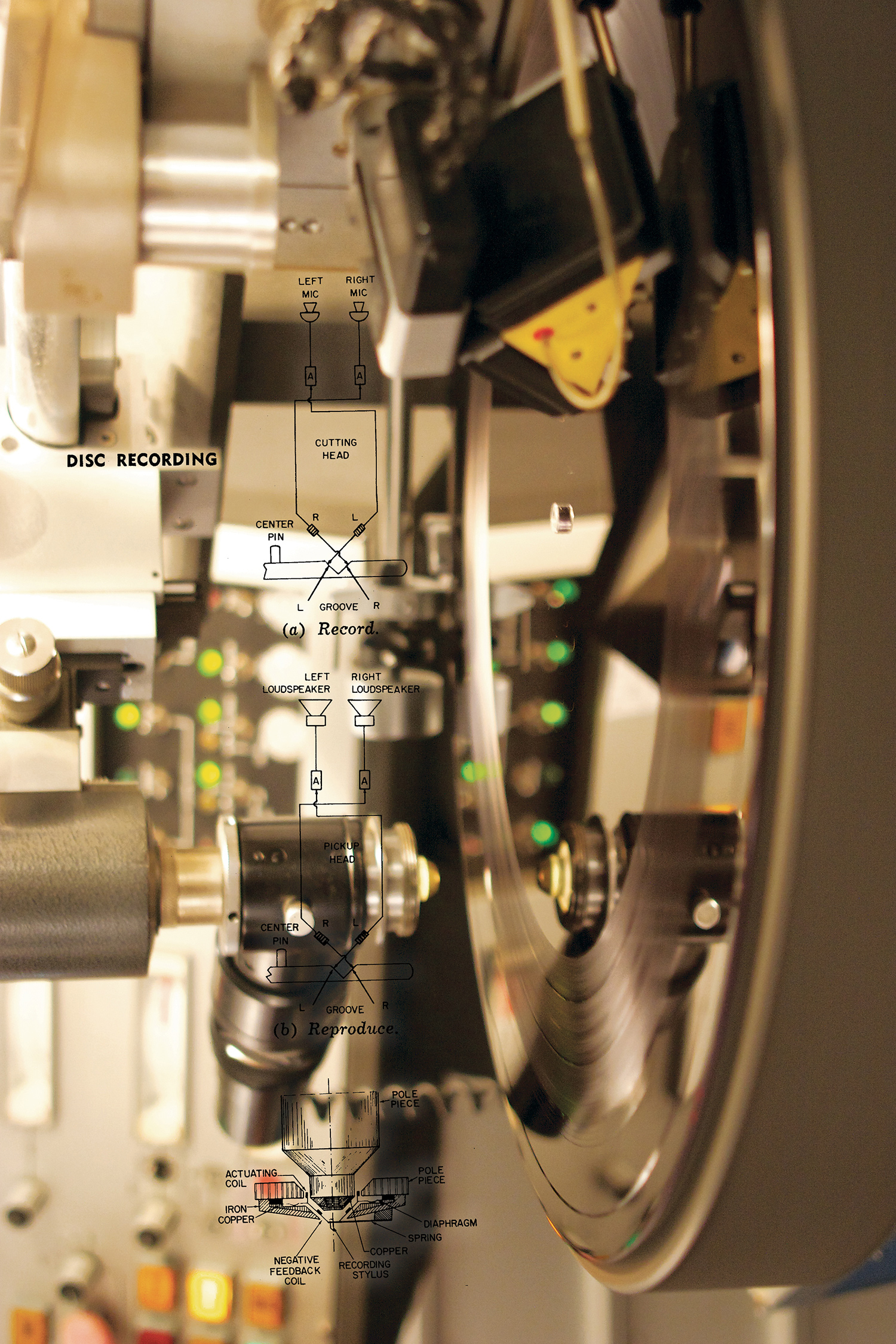This is the most picturesque album I've ever heard. The images it invokes, especially when I close my eyes, are strikingly vivid. I first experienced Shannon Hayden's music a couple of years ago, when I saw Shannon open for the sister duo Lily & Madeleine (and then after her own set, Shannon accompanied the duo). I was blown away by her cello and mandolin playing, and since then, I've had the opportunity to see more of her performances and to talk with her about her inspirations.
As a toddler, Shannon Hayden spent her days with her father, a visual artist and woodworker, listening to music in his shop. Her father was very adept at picking out music that was appropriate for the tasks at hand, like Skinny Puppy for cutting lumber, Bach when carving fine details, and Joni Mitchell during cleanup and reflection. He also tuned into NPR regularly, and Shannon remembers hearing beautiful, lush, and haunting music late into the evening, on shows like Hearts of Space and The Romantic Hours. By the age of 3, Shannon had already decided that she wanted to play the cello. She loved the sound of the instrument on "Eleanor Rigby," she was swayed when she saw the Icelandic String Octet performing with Björk on TV, and she was already a fan of cellist Jacqueline du Pré. But she was also equally engrossed with Jimmy Page and the electric guitar — and the more raucous music it represented. Shannon's parents were fans of live music; so as Shannon grew older, her parents frequently drove with her to the University of Illinois Urbana-Champaign campus to attend faculty concerts of classical music, and then after these concerts, they would often stay out late enjoying electronic music at an undergrad cafe.
Shannon started her formal training on a rented cello at age 7. While she remained home-schooled through her teenage years, she was able to study twice a week with acclaimed cellist János Starker at Indiana University. At the age of 18, she was invited to join the master's program at the Yale School of Music, with Professor Aldo Parisot as her instructor and advisor.
Meanwhile, all those years spent with her dad had instilled in Shannon a desire to think out-of-the-box, and she had developed the vocabulary to communicate ideas and express emotions like a visual artist. His advice to her was key: "Maybe you shouldn't just play the notes on the page. Turn the lights off. Just listen to the sounds. See it with your eyes closed." But Shannon also understand that a creative mind can only become stronger when combined with studied knowledge and meticulous technique. So with her formal training and virtuoso skills, combined with her appreciation for image-based expression, she proceeded to break the boundaries of cello performance and classical music. Completing her master's program at Yale, Shannon was the first student in the school's history to do a fully amplified performance at her graduate recital.
You See the World is the cellist's third album. Even more so than her previous efforts, this one really draws upon Shannon's experiences with the visual. Beautiful musical transformations — from dark and shadowy to overexposed and expansive — in the opening track "Vanished" speak to her love for 1960s black & white Italian gothic horror films. Pulsating, machine-like rhythms invoke film projectors and the mass-produced silkscreens of Andy Warhol's Factory in the closing track "Silver Superstar"; a clip of Edie Sedgwick's voice even makes an appearance. The imagined beauty in the chaos and violence of the creation of a Higgs boson particle in CERN's Large Hadron Collider is realized as a metaphor to process and birth in "Accelerator"; the song starts out with traditional bowed notes, transitions to harsher strokes and hits, and then culminates in industrial-music-like "found-sounds" and effects — before dropping back, with a sense of order, to melodic and looped bowing.
As Shannon explained it to me, this album is more about expression than about narratives trying to convey singular ideas. Music, sound, and noise can represent organized thought, but from her perspective, even though we are all experiencing the same present moment together, each of us takes something different out of it.
You See the World was recorded in a timber-frame cabin on the Hayden family farm. Shannon recorded and manipulated cello, electric mandolin, acoustic guitar, drums, and countless found-sounds into Logic, using a pedalboard with delay, octaver, filter, reverb, distortion, and looping pedals. She sent her preliminary mixes to Paul Mahern (Zero Boys, John Mellencamp, The Fray, Lisa Germano, Afghan Whigs), who mixed and mastered five of the songs. Shannon mixed the remaining two — "Voices and "Accelerator" — at home. Sarah Register at The Mastering Palace (and formerly of The Lodge) mastered "Accelerator."
I don't know how I would categorize Shannon's music. It's acoustic, it's electronic, it's delicate, it's harsh. I think "soundscapes" would be too general. Shannon's father calls it "guerilla classical."




_disp_horizontal_bw.jpg)